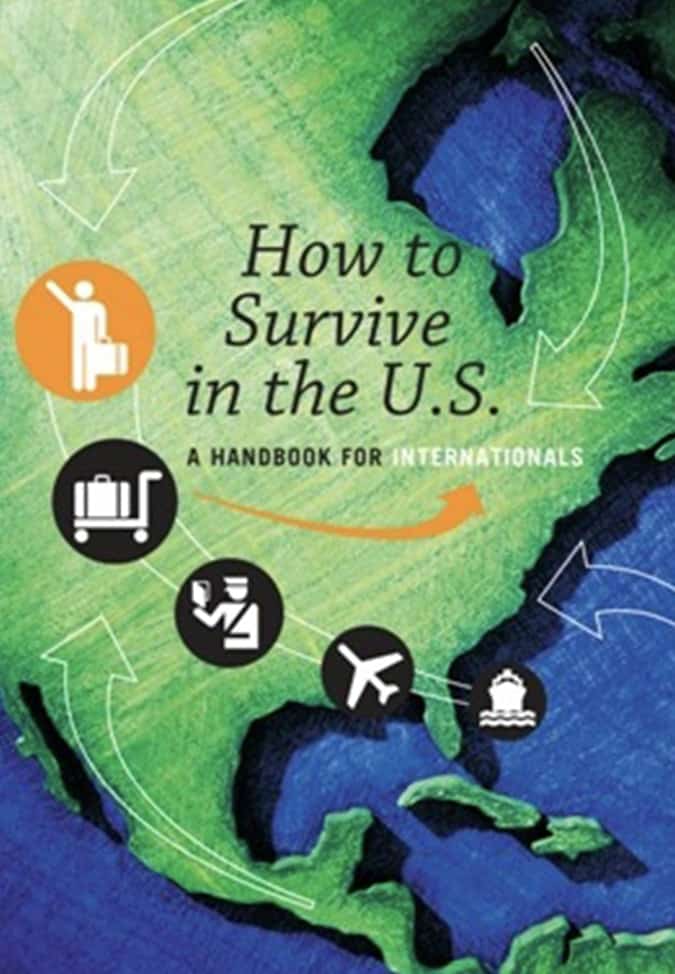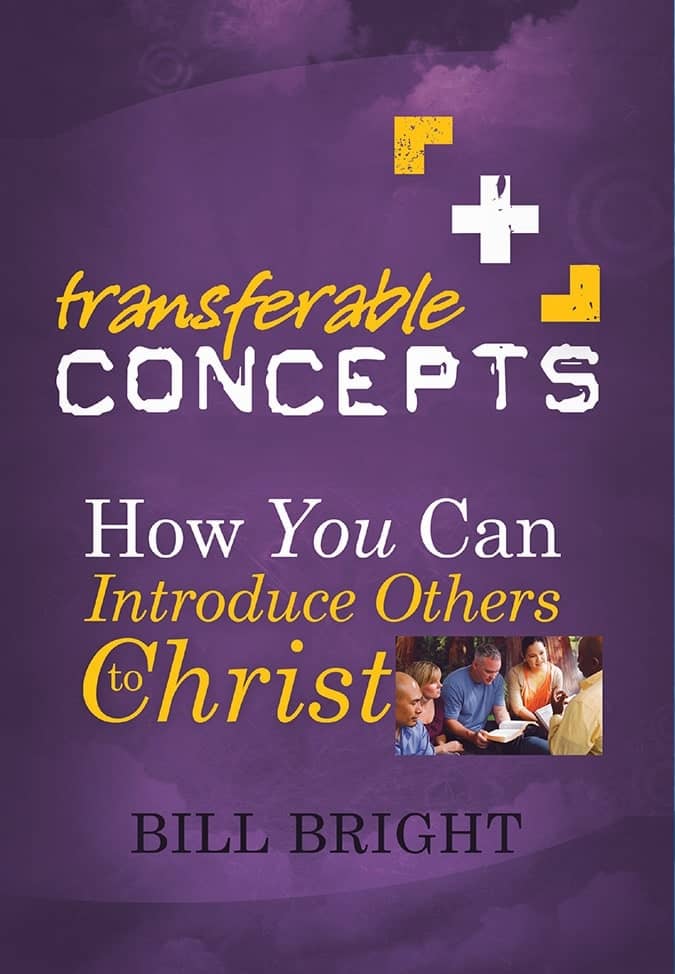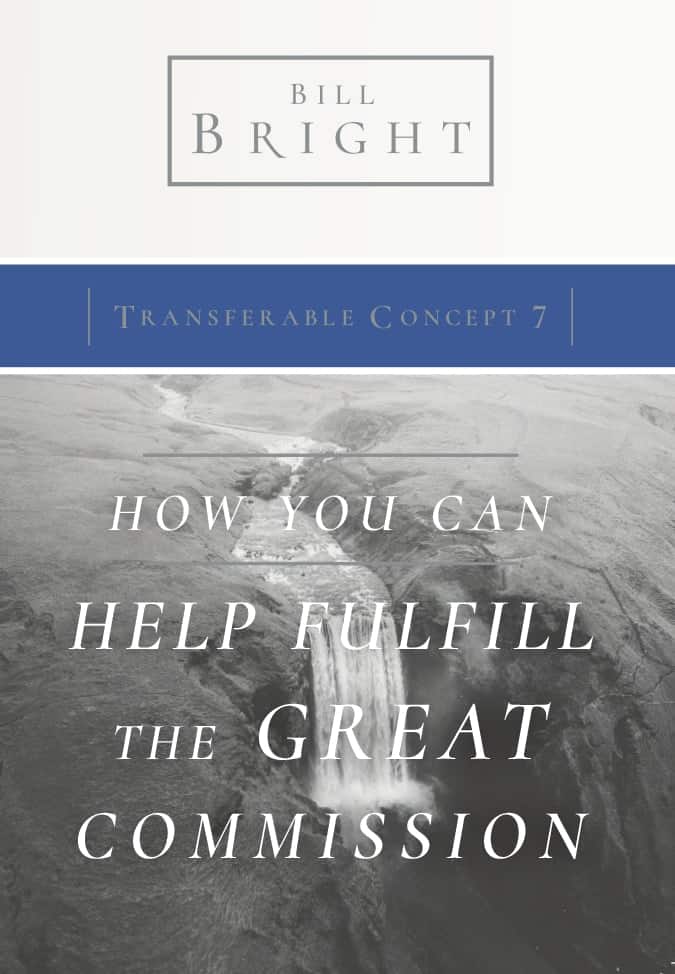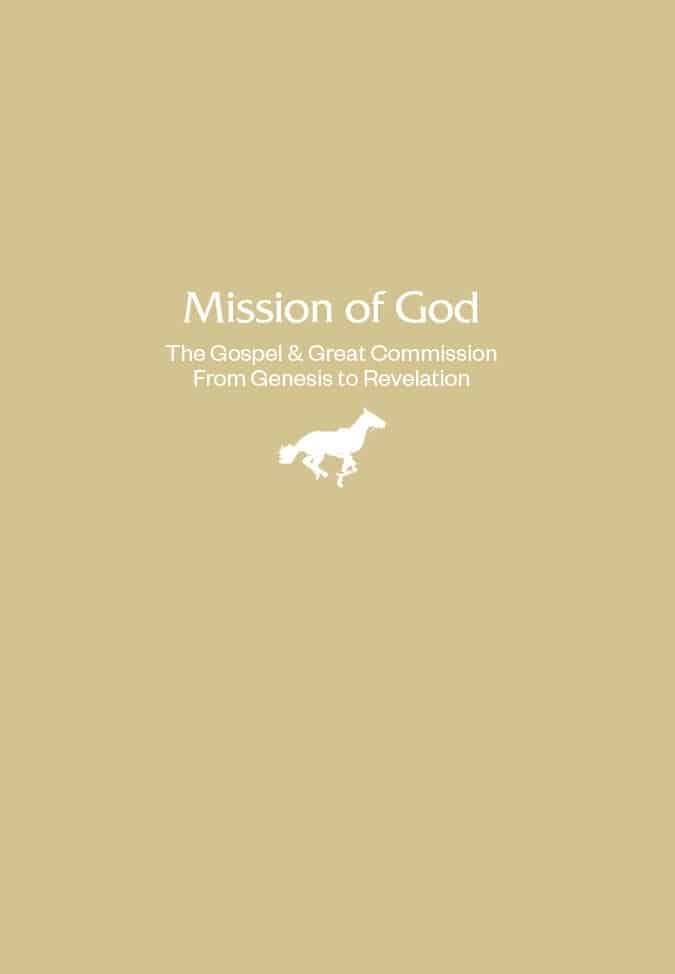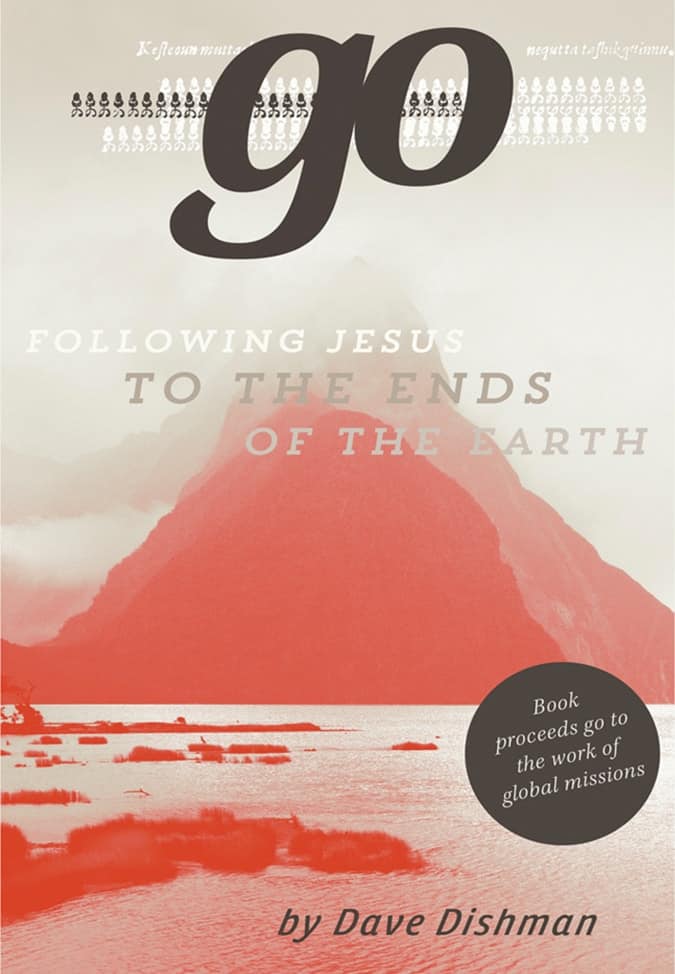Ministries and Movements
Societies are transformed and individuals influenced by social movements.
Our American culture has been radically influenced by the American Labor Movement, the Civil Rights Movement, the Women’s Movement, and the radical Gay Rights Movement. We talk differently, act differently and think differently because at some time a small group of individuals decided that things would be different. They developed an agenda and a platform. They sacrificed and risked individual well-being for the advancement of their cause. The movement carried the agenda.
Nearly 2,000 years ago Jesus of Nazareth began a movement that has radically transformed individuals and influenced cultures. Today on campuses around the world, groups of believers are seeking to develop spiritual movements that will do the same. Can it be done?
WHAT IS A MOVEMENT?A movement is groundswell of people who band together to around a common purpose in order to bring about a beneficial change.
WHAT IS A CRU MOVEMENT?Cru movements are easier to recognize than to define. We may not be able to define one but we know one when we see one. The classic definition of a Cru movement reads as follows:
CLASSIC CHARACTERISTICS OF MOVEMENTS“The collective activity of committed, multiplying disciples as they band together and trust God for an impact greater than their own individual ministries.”
- Organized action.
- Differing levels of commitment.
- Dedication and sacrifice.
- Unity.
- Developing leadership.
- Committed to a single purpose.
- Always seeks to bring about change.
- Always asks for commitment of those involved.
- Involves a cause sufficiently great enough that it touches the hearts of people who say, “I want things to be different.”
- The perceived change must be so different or beneficial that it brings forth and requires the best from people.
- Movements are a minority of people trying to influence/change the majority.
From the Book of Acts we see the classic components of a spiritual movements:
- Empowered by the Holy Spirit 1:8,4, 8-12, 7:55
- Believing prayer 1:14,24; 2:42; 4:31
- Developing leadership 4:13; 6:1-6
- Evangelism 2:41; 3:11-4:4; 4:19,20
- Sense of awe 2:43
- Opposition 4:3;5:1-11; 5:18
- Clarity of purpose 1:8, 4:20
- Increasing numbers 2:47, 4:4, 5:14, 6:1
Historically we have said that in order to have a movement three essential elements will always be present.
1. Momentum – Large numbers of people going in the same direction.
2. Multiplication – Multiplication involves the training of a new generation of leadership. There can be no movement without the training of new leadership. The movement will expand only as leadership is developed.
3. Management –Management involves planning, organizing, leading, and controlling. Movements need guidance. Management is needed to transform enthusiasm into action – to channel and plan strategic action. Without management no movement can be sustained for any length of time. Lenin was the manager of the ideas espoused by Karl Marx, the thinker.
MISUNDERSTANDING MOVEMENTSEven though all Crusade movements will contain the Crusade elements of a movement, activating these elements does not necessarily mean that you will have a movement. Why? Because ultimately a movement is what God produces in the life of a ministry. We can develop ministries but only God can transform a ministry into a movement. We build the spiritual environment and pray for God to transform it into a movement. Spiritual movements might be our way of expressing “revival.” A ministry is to a house what a movement is to a home. There are many similarities between ministries and movements. Both are good. But they are not the same.
COMPARING MINISTRIES AND MOVEMENTSBoth ministries and movements are involved in evangelism, follow-up, meetings, prayer, small groups, planning, etc. Now, let’s look at the contrasts.
- A ministry is the sum of its parts. A movement is greater than the sum of its parts.
- A movement has a life of its own. It is larger than any one individual.
- Ministries are controlled from the top-down. The leaders dictate the action and activities. Movements seek to direct and channel the energy at the grass roots level.
- Ministry leaders control. Movement leaders empower.
- When leaders graduate from a ministry, the ministry flounders. A movement can handlethe loss of leadership. For every leader who graduates, there are five ready to replace him/her.
- In a ministry, the staff are saying to the students, “You need training for a ministry you will one day have.” In a movement students are saying to the staff, “I need training to be more effective in the ministry I’m having today.”
- A ministry is controlled by structure and content. A movement is built through communication, relationships and purpose.
- Ministries attract Christians. Movements will also attract “seekers”.
- In a ministry, the students will regularly share their faith when asked to do so. In a movement they will share Christ spontaneously wherever they go.
- In a ministry, every student can be identified. In a movement you are surprised to meet students who are being influenced by students you don’t even recognize.
- Ministries may be comprised of mules (hard workers who won’t multiply). Movements are comprised of rabbits (multipliers who have fun).
- Ministries attempt to build energy and momentum. Movements attempt to direct the energy and momentum.
- Ministries may be concerned about growth. Movements are concerned with bringing about change.
- Ministries are trying to find the right methods and programs. Movements are concerned with the desired results.
- Ministries “push.” Movements “pull.”
- Ministry focus is inward. Movement focus is outward.
- Ministries maintain. Movements expect to bring about change.
- Ministries reflect the faithful work of people. Movements reflect the work of God.
Having said all of the above, it is easy to see why we always insist on calling our ministries “movements” whether they are movements or not. However, to have a ministry is not a negative thing. In fact, it is a very good thing. It is what God has called us to be about. Building a ministry is foundational for having a movement. It is what we need to take responsibility for – building a ministry and praying that God will turn it into a movement. If we wait until we have a movement before we really get about the business of ministry, we could wait a long time. A multitude of staff and students have been greatly impacted by ministries. Being a ministry rather than a movement does not mean you are a second-class operation. Doing ministry in the context of a movement simply makes things easier. We set the sails for ministry. God provides the wind to set them sailing. A movement provides that wind. We build the fireplace. God sends the fire. The point is this: We need to take responsibility, as stewards, for building a ministry and praying that God will transform it into a movement.
WHAT SHOULD WE DO?1. Have a well-defined cause (mission statement, vision statement, primary result, etc.) that is sufficiently large enough to appeal to and require very the best from your students. Causes and movements always go together. Students will not exchange their lives for a pint-sized cause. The cause must be seen as desirable and do-able. Vanilla goals can produce nothing but vanilla ministries. There can be no movement without a sufficient, significant cause. Perhaps this is why overseas opportunities are such a magnet to our staff and students. The purpose is clear. The opportunity to bring about change is captivating. They will willingly sacrifice if the cause is perceived as significant enough. People want to feel as if they are involved in the most important cause in the world. Thousands joined with us in response to “Come, help change the world.” What is our battle cry today?
2. Commit yourself to discipling students. After twelve years of campus ministry John Bruce said this: “A movement is a description of what happens in the life of one student multiplied many times over.” Keith Davy’s campus plan states, “Movements grow as individuals grow.” In other words, after all the fluff, smoke and mirrors are removed from the activities, whose lives are really changed because of your presence on the campus? Are students walking in the Spirit? Are they having a quiet time? Do they share their faith? Although we cannot, of ourselves, build a movement, we can build students. We need to recruit and train leadership.
3. Pray. Prayer is the “fireseed of spiritual awakening.” If we are not praying, what does that say about us? We are reduced to an organization, not a spiritual movement.
4. Commitment to God’s word. A movement needs its manual. Lenin gave himself to studying Marx’s Manifesto. Mao ensured that every person had a copy of his Little Red Book. To maintain momentum students need to understand that our cause is an extension of God’s cause.
THE ROLE OF MATERIALSBill Bright has said this in regard to our basic materials: “We maintain a movement through training and materials. The quickest way to contribute to the destruction of the movement is to stop using our materials. The movement will
not survive when you decide you will teach other materials in place of our basics. We must stick to the basics despite presentation fatigue. This is vital to the success and growth of the movement. The key to the movement is the ministry of the Holy Spirit and transferability of the basics. A movement can become a monument in one generation.” There is plenty of room for creativity in this movement ... we need it. But let’s make certain we establish foundations in the basics of Crusade. Affectivity will come from the basics.
Any movement, like any living thing, has a natural lifecycle. Bill Bright says this, “Movements are born with seeds of decay.” Movements begin with an individual who is willing to sacrifice everything and conclude with a large group of people who are willing to sacrifice nothing. Put another way, they begin with a man (or woman), grow into a movement, become a machine and end up a monument to the vision of the one who began it. Let’s do our part to see that we continue.
By their nature movements do one of three things.
- Achieve their goals. Once the goals are achieved, they are no longer a movement. They become institutionalized.
- Run out of steam and die.
- They remain small but committed and become known as a lunatic fringe.
On a college campus we can maintain a movement for a longer period of time because of our influx of new students every year. As long as we are working toward unfulfilled goals we can remain a movement. When we are concerned more with maintenance or preservation than change we are finished as a movement.
MOVEMENTS WITHIN MINISTRIESIt is possible to have a movement within your ministry. Prayer movements, overseas movements, etc. can be cultivated and thrive within your ministry. They will involve leaders with vision and followers who sacrifice.
THREE HELPFUL QUESTIONS:What kind of person are we trying to produce?
What kind of movements produce those kind of people?
What kind of leaders build those kind of movements?
- Ministries and movements are both good.
- We need to take responsibility for building a ministry and pray that God will transform it into a movement.
- We need to be more concerned about being faithful stewards of the ministry God has entrusted to us than trying to construct a movement.
Do you agree with the similarities and differences between ministries and movements?
What elements of a movement could you identify in your ministry from the list of characteristics?
Why don’t size or numbers guarantee that you will have a movement?
Are large numbers essential to having a movement? Why or why not?
What is the director’s role in movement building? What can you provide?












